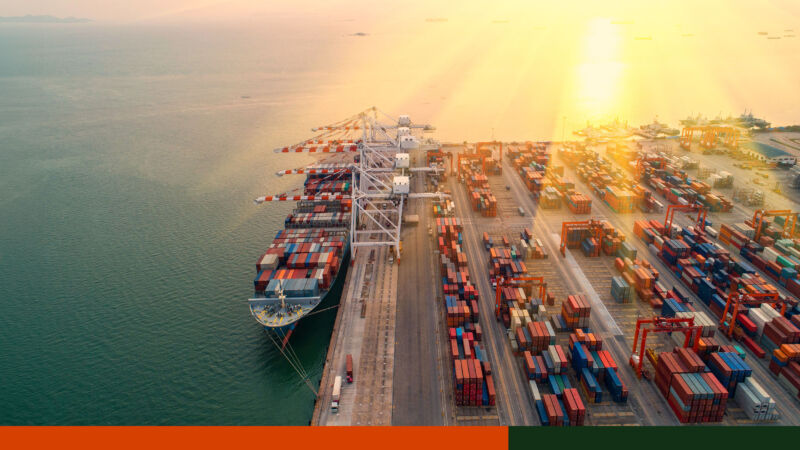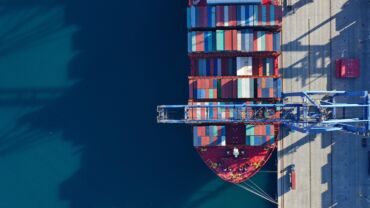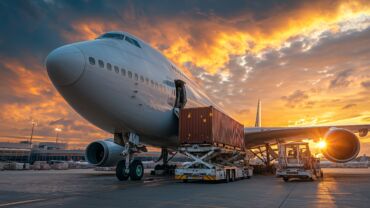Anyone with a passing interest in global commerce knows today’s global marketplace necessitates managing shipments from origin to a destination not only in a timely manner, but also in keeping with the regulatory requirements, administrative apparatus, and laws of all countries involved within each shipment’s supply chain, a best practice known generally as “compliance.” Compliance is and will always be a key component of any well-run supply chain — after all, fall afoul of regulations and watch your organization pay stiff penalties, potentially risk costly delays, legal exposure, reputational damage, and even loss of trading privileges.
However, compliance isn’t the only benchmark of value for global organizations today.
Competitive corporations are now expanding their focus to become more proactive and cost-efficient in their trade management strategy, by taking advantage of special programs that allow them to find significant savings.
4 ways how to save on global customs and duties for import shipments
There are many ways to leverage your global supply chain to maximize your profits and establish an advantage over your competitors. Let’s focus on four, two of which are generally applicable, and two of which are particular to the U.S. market. These are Free Trade Agreements (FTAs), Foreign Trade Zones (FTZs), Global Classification, and Drawback.
- Free Trade Agreements are pacts between 2 or more countries that are designed to lower trade barriers and foster trade between the partnering countries. As duty suspension programs exist all over the world, this is perhaps the most recognized of these cost-savings methods. Per the World Trade Organization (WTO), as of 2022, there were 355 such FTAs globally, with 600+ participating countries globally — and with 14 in the U.S. alone, with merchandise exports to their 20 FTA partners with agreements in force totaling $710 billion. Nor is this a trend on the decline. The increase in overall agreements and notifications has been sharp. One of the most recent FTA, the Regional Comprehensive Economic Partnership (RCEP), which covers the Asia Pacific region and went into effect in 2020, is the largest ever signed, covering an estimated 2.4 trillion USD in total trade.
How can you save with Free Trade Agreements?
By leveraging these programs, an organization can reduce, defer, or eliminate duty payments on qualifying goods under rules specific to each agreement, rules which often allow for transformation (through mixture, manufacturing, or assembly) of component materials from other countries into a finished good deemed to be originating within the country.
2. Foreign-Trade Zones are specially designated sites near U.S. ports of entry that allow importers and exporters of all sizes to move goods in and out of the country paying reduced or no customs duties, taxes, or fees. They are specialized areas applied for by corporations and other organizations and approved by U.S. Customs & Border Protection (CBP), which create areas deemed to not exist within the Customs territory of the United States.
The FTZ program is U.S. based, but other countries have similar programs such as the EU Customs Regime.
How can you save with Foreign Trade Zones?
These FTZs allow companies to realize many savings and benefits, such as the waiving of fees and the elimination of duty on scrap, or goods imported but then re-exported, or other classes of merchandise, as well as the duty-saving benefits of transforming components into finished goods to realize the most favorable duty.
Additionally, an FTZ gives a savvy organization the ability to control its expenses. Say you’re an electronics company that imports finished goods into zone and warehouses for an average inventory of 45 days. While it’s in the zone, no duty is collected until the imported goods are removed for the US market, deferring the duty for 45 days, and restricting the duty paid to only the value of what was removed.
- Global Classification: Classification is the act of assigning a Harmonized System (HS) number to an imported or exported product to apply tariffs. Some countries use this for trade statistical information. No matter the country, every object crossing a border needs to be declared using a global code known as an HS (or Harmonized System) code. The HS code structure also includes the duty rates associated with the code and is used to determine the duty to be paid.
How can you save with Global Classification?
A forward-thinking corporation can assess its products at the point of creation to find favorable duty rates and engage in tariff engineering to create products that would allow for more favorable rates. With proper analytics, a few percentage points can add up to millions.
- Duty Drawback This U.S.-based program allows an importer of record to recover up to 99% of duties paid on imported goods that are subsequently exported from the U.S. or destroyed.
How can you save with Duty Drawback?
Perhaps it is esoteric, but an interesting point is that Duty Drawback has been part of US law since the first tariff act of the U.S. in 1789. Thus, it is a well-established way to save.
This special class of goods can become essentially duty-free provided this rather program is properly utilized.
With so many reasons to participate in duty suspension programs, it begs the question — why doesn’t everyone participate? Simply put, it is document-intensive if you do not have a solution.
To give just one example from the programs listed above, analyzing the HS or the various rules of qualification for the best savings requires mapping product flows across trade lanes, identifying the FTAs that are available for each trade lane for each product, to say nothing of the HS code and country of origin and rules of transformation—and that’s without even getting into the thousands of changes that can occur over dozens or even hundreds of different countries’ duties, codes, and rules. Either hiring this work done in-house or outsourcing all this work to third-party consultants can result in massive expense, which cuts into ROI. Companies often choose not to claim preferential status because they don’t have time, information, or workers. They miss out on the savings or even decide the savings aren’t worth the money.
It can be useful or necessary to understand what your ROI is likely to be, before taking on the operational and administrative burden of such opportunities. Seeing how much duty, tax, and fee you pay on each trade route can help you plan your next step. Being able to model out different multilateral FTAs can help you determine which special savings programs will give you the biggest return, and for what products. And being able to report on your data can let you utilize “what if” scenarios to forecast future costs and impacts on your company.
Competitive corporations use analytic software tools fed by rich global content that allow them to evaluate opportunities for savings such as assessing FTA eligibility or duty savings opportunities.
With the proper determination and the proper tools, it is not only possible to take advantage of the existing duty savings, but necessary in order to stay competitive in a changing global market.
For additional insights, see the following Global Trade Management resources:
- Thomson Reuters Corporate Global Trade Survey Report: Turbulence tempered by technology
- Podcast: Technology and talent are needed to manage the new global trade arena
- Blog Post: Visibility into supply chains takes center stage as regulatory, corporate pressures mount






